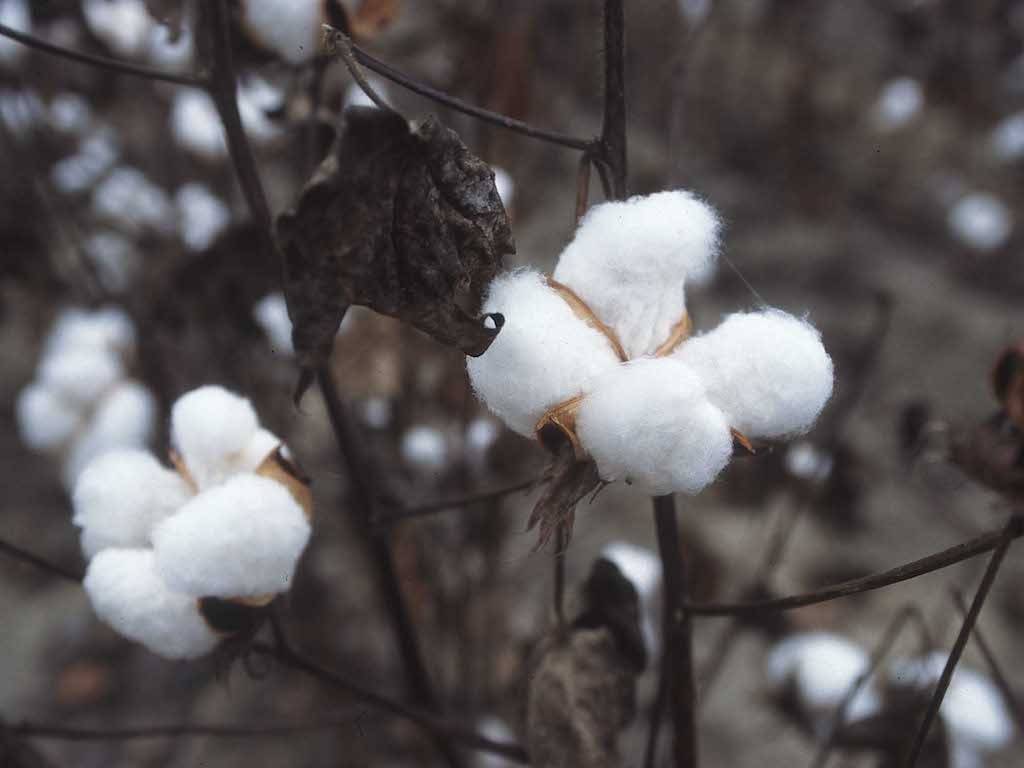
A training camp was held at the ICAR-Central Cotton Research Institute (CCRI) in Sirsa to raise awareness about the pink bollworm among farmers from Haryana and Punjab. The camp comes only months after Punjab and Haryana saw an outbreak of pink bollworm, a parasite that attacks cotton crops.
S K Verma, the head of the CCRI regional station in Sirsa, informed farmers on the overall cotton situation in the region as well as crop-related issues. He urged farmers to use suitable technologies to boost cotton yield. Where fields were accessible for early planting, he also proposed cultivating desi (Arboreum cotton) cotton instead of narma (American cotton).
Y G Prasad, the director of the CCRI, was also present at the event.
Pink Bollworm has emerged as India's most serious cotton pest. This insect bores into cotton balls and devours cotton blooms and seeds, causing the crop to be completely destroyed. During the medium and late stages of the crop, the worm infests it. The infestation of this insect has gotten so severe that it has become a major danger to the cotton crop in the country's major growing areas.
Because the bollworm enters the boll from the inside, it cannot be seen from the outside. As a result, it's difficult to spot an infestation. Bt cotton has been found infested with pink bollworm 45-60 days after seeding. This has been occuring in India's central and southern regions for the past 2-3 years. The severity of this pest's invasion varies by state. The pink bollworm has the potential to damage up to 92 percent of a cotton crop.
Last Year, ICAR-CICR has recommended 14 ways to tackle with Pink Bollworm in Cotton. Check out all the recommendations here.
















